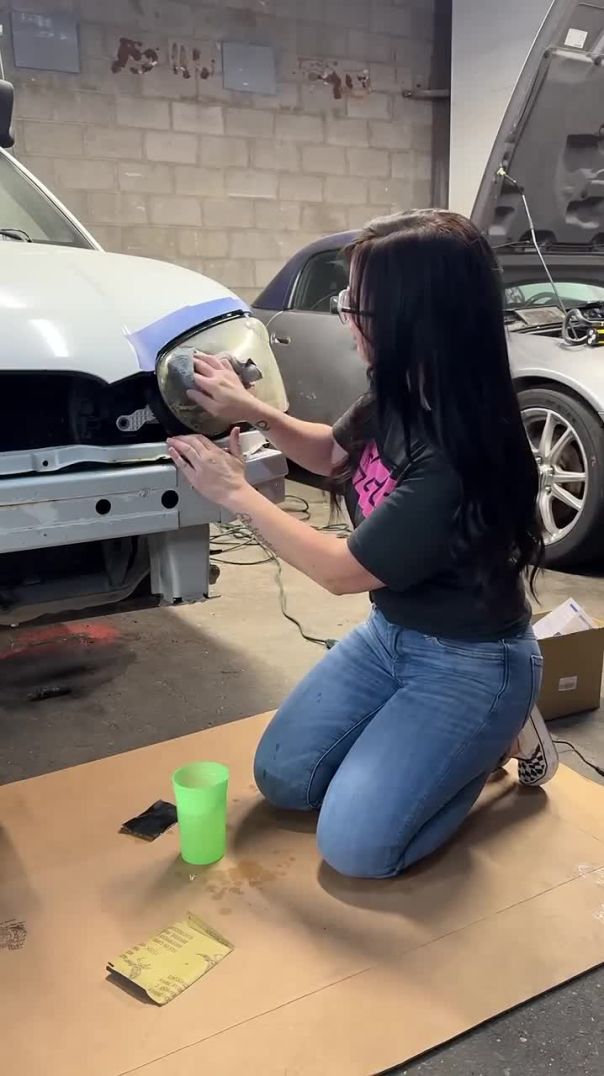822 Views· 28 May 2024
Super Hard! Process of making Diamond cutting Blade. Diamond Tools Factory in Korea
Discover the intricate and meticulous process behind the creation of diamond cutting blades, essential tools in various industries for their unmatched hardness and precision. This detailed exploration takes you inside a leading diamond tools factory in Korea, showcasing the high standards and advanced techniques employed to produce these super-hard cutting blades.
#### **Overview**
**Title:** Super Hard! Process of Making Diamond Cutting Blades
**Location:** Diamond Tools Factory, Korea
**Product:** Diamond Cutting Blades
**Industry:** Manufacturing, Industrial Tools
#### **Manufacturing Process**
1. **Material Selection and Preparation:**
- **Diamond Selection:** High-quality industrial diamonds are carefully selected based on their size, shape, and toughness.
- **Metal Bond Composition:** The metal bond, which holds the diamonds in place, is formulated using a mix of metals such as cobalt, iron, nickel, and copper. The composition is tailored to the specific cutting requirements.
2. **Blade Design and Molding:**
- **Design Specifications:** The blade’s design, including its diameter, segment configuration, and diamond concentration, is determined by the intended application (e.g., cutting stone, concrete, or metal).
- **Segment Molding:** The diamonds and metal bond mixture are placed into molds to form segments. These segments are then pressed under high pressure to ensure uniform density and bonding.
3. **Sintering Process:**
- **High-Temperature Sintering:** The molded segments undergo a sintering process in a furnace, where they are heated to temperatures between 800-1000°C. This process bonds the diamonds with the metal matrix, enhancing the blade’s durability and cutting efficiency.
4. **Blade Core Preparation:**
- **Core Material:** The blade core, typically made from high-strength steel, is prepared and inspected for defects.
- **Segment Attachment:** The sintered diamond segments are precisely aligned and attached to the blade core through laser welding or high-frequency induction brazing. This ensures strong adhesion and alignment.
5. **Quality Control and Testing:**
- **Precision Testing:** Each blade undergoes rigorous testing for balance, straightness, and segment bonding strength.
- **Cutting Performance:** Sample blades are tested in real cutting conditions to evaluate their performance, including cutting speed, durability, and resistance to wear and tear.
6. **Finishing and Coating:**
- **Surface Treatment:** The blade surface is treated to prevent rust and corrosion. This may involve electroplating or applying a protective coating.
- **Final Inspection:** A final quality check ensures that the blade meets all specifications and performance standards before packaging and shipment.
#### **Factory Insights**
- **Advanced Technology:** The factory is equipped with state-of-the-art machinery and technology, ensuring precision and consistency in the manufacturing process.
- **Skilled Workforce:** Highly trained technicians and engineers oversee each step of production, from material selection to final inspection.
- **Innovation and R&D:** Continuous research and development efforts focus on improving blade performance, durability, and adapting to new cutting applications.
#### **Applications**
Diamond cutting blades manufactured in this factory are used across various industries, including:
- **Construction:** Cutting concrete, asphalt, masonry, and stone.
- **Metalworking:** Precision cutting of metal pipes, rods, and sheets.
- **Manufacturing:** Used in the production of automotive parts, electronics, and other industrial components.
#### **Conclusion**
The process of making diamond cutting blades is a testament to the blend of science, technology, and craftsmanship. By visiting a diamond tools factory in Korea, we gain a profound appreciation for the detailed and labor-intensive work that goes into producing these essential industrial tools. From the selection of raw materials to the final quality checks, every step is crucial in ensuring that the blades can meet the high demands of their various applications.



























0 Comments